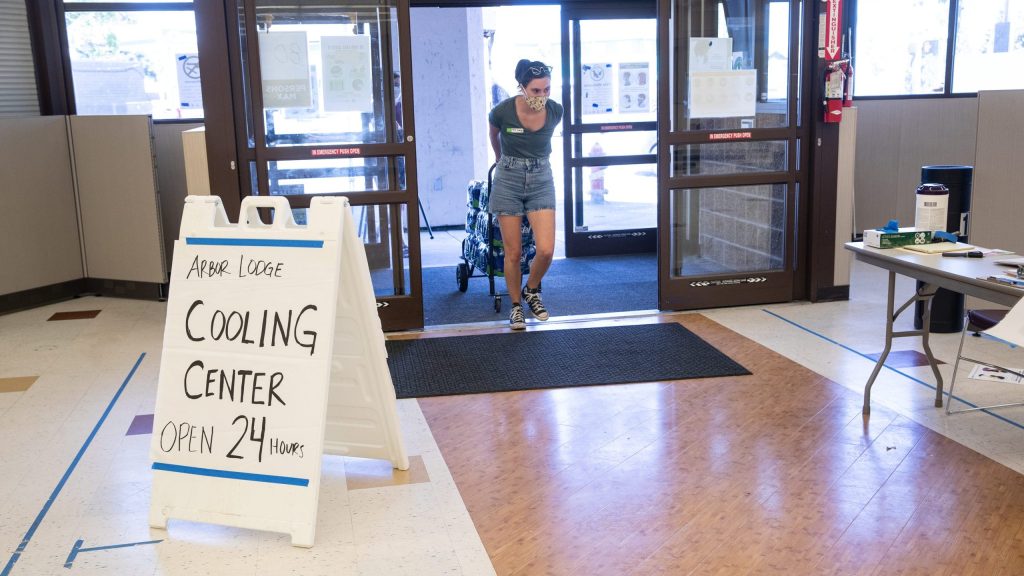
Policy Solution
Public transit services during heat waves
Funding and Financing

Case Studies
Summary
Provide subsidized transit to cooling centers during heat waves can help protect communities. In particular, this can support vulnerable populations, especially older adults, that are isolated and/or may not have access to cooling at home.
Implementation
Subsidize or provide transit to cooling centers.
Considerations for Use
This intervention will have the greatest impact with targeted outreach to make sure community members know about public transportation options during heat waves. Additionally, cooling centers should be located in areas that are accessible to public transit.
Overview
Climate:
Cold, Hot/Dry, Hot/Humid, TemperatePolicy Levers:
Funding and FinancingThe allocation of public or philanthropic funding or private financing to implement projects, including risk transfer mechanisms.Trigger Points:
City planning processesIncludes city initiatives such as the development of climate action plan, pathway to zero-energy, master plan, transit plan, energy mapping etc.Intervention Types:
Planning/PolicySectors:
Informal Settlements, Transportation
Case Studies
Impact
Target Beneficiaries:
Heat-vulnerable communities, ResidentsPhase of Impact:
Emergency response and managementMetrics:
Number of riders or subsidies
Implementation
Intervention Scale:
City, NeighborhoodAuthority and Governance:
City government, State/provincial governmentImplementation Timeline:
Short-term (1-2 Years)Implementation Stakeholders:
CBOs, City governmentFunding Sources:
Public investmentCapacity to Act:
High, MediumBenefits
Cost-Benefit:
LowPublic Good:
HighGHG Reduction:
LowCo-benefits (Climate/Environmental):
Reduce air and water pollution, Reduce greenhouse gas emissionsCo-benefits (Social/Economic):
Build social cohesion, Improve human health
